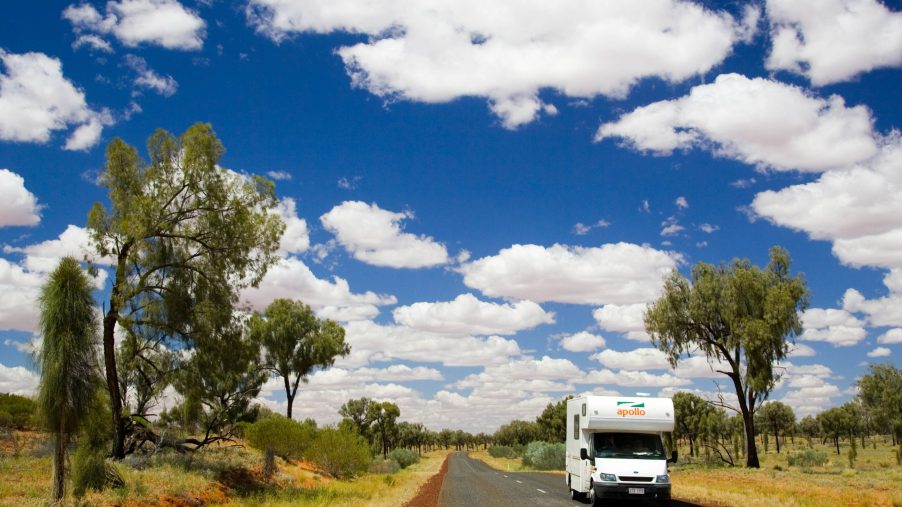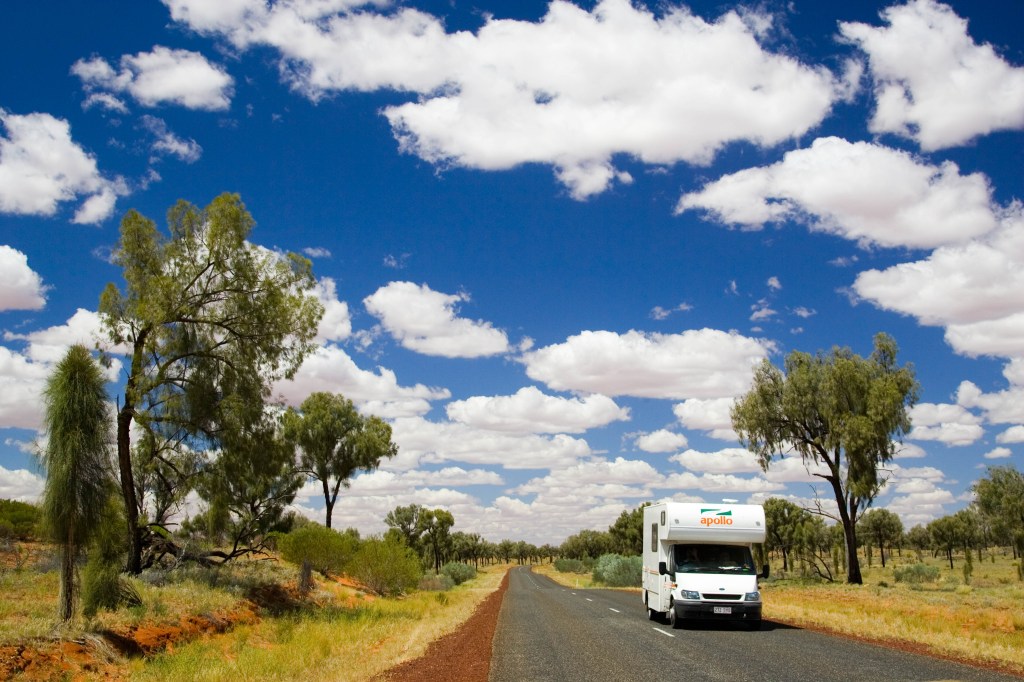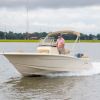
When Is a Used RV at Its Peak Value?
Used RV sales are up significantly as more and more people take to the open road. Many buyers have caught on that a used model is a better investment than a new model. Because of rapid depreciation, timing the purchase of a recreational vehicle is critical to getting a great deal.
What to know before shopping

Everyone should know a few basics of RV buying before they shop for their rig. Knowing the best time to buy from a dealer or a private seller could save shoppers thousands of dollars. Typically pre-owned RV sales begin to drop in the fall. As the year closes, prices continue to fall off.
Shopping in the off-season isn’t a foolproof strategy. Shoppers still need to consider an RV’s class and quality when calculating its value. A quality RV will naturally depreciate less. Choosing a popular model also retains value longer.
Just how fast does an RV lose value?
It’s no secret that RVs rapidly depreciate the moment they’re purchased. As noted by NADAguides, 20% of an RV’s overall value evaporates the second it leaves the sales lot. Buyers can quickly end up owing more than their RV is worth without careful financing.
Most RV buyers who choose a new model are not doing so for financial reasons. The purchase of a new RV is not an investment. Some consider the pain of an RV investment a rite of passage into the lifestyle.
RVs can depreciate up to 40% in the first two years of ownership. During years three and four, an RV’s value will drop from between 10%-15% per year. This trend starts to level out around the five-year mark.
When does an RV reach price equilibrium?
An RV should be purchased when depreciation is at its lowest rate. At roughly five years after purchase, an RV has lost 30%-50% of its original value. Depreciation slows down significantly at this point.
The next large drop comes five years later, meaning savvy buyers could score a half-decade of steady value retention. At the ten-year mark, an RV is typically worth less than half of its original purchase price.
Choose a rig that’s seen the open road
When an RV hits five years old, it doesn’t automatically become a smart buy. There are several factors shoppers should consider when choosing a second-hand rig. Choosing a pre-owned camper that’s worth the investment is a multi-faceted issue.
Shoppers should look for an RV that has seen more use, not less. It’s tempting to buy a camper that was kept pristine in a garage. An RV that’s never left the yard will feel brand new. Buyers should aim for a unit that’s seen medium road-wear.
Choosing an RV that hasn’t been driven means choosing an RV that hasn’t had any of its kinks worked out. Buyers should choose a rig that has had all of its quirks discovered. Buyers want to find an RV with the awkward early miles behind it and plenty of adventures yet to come.


